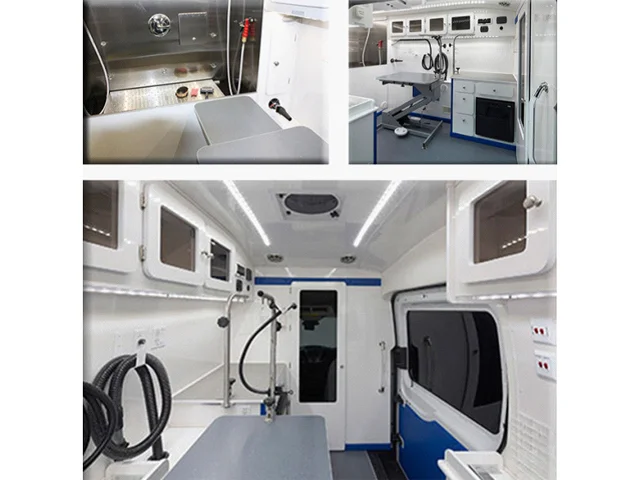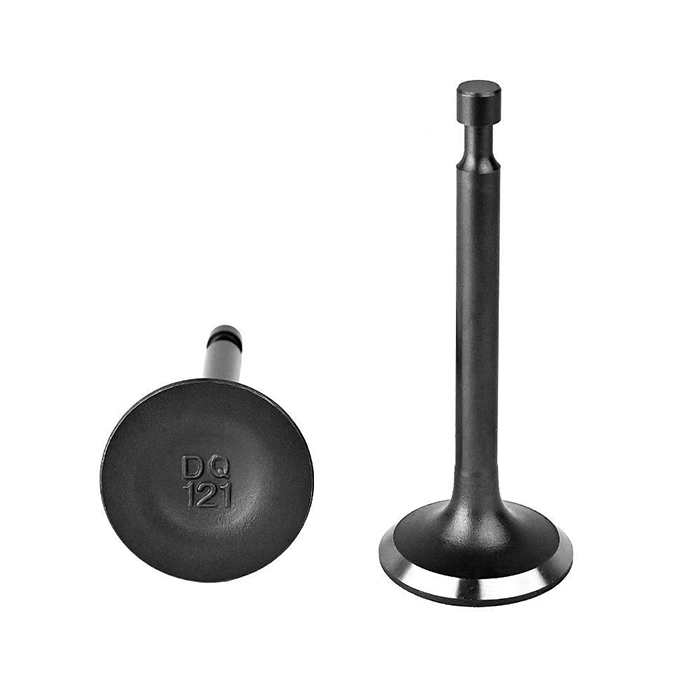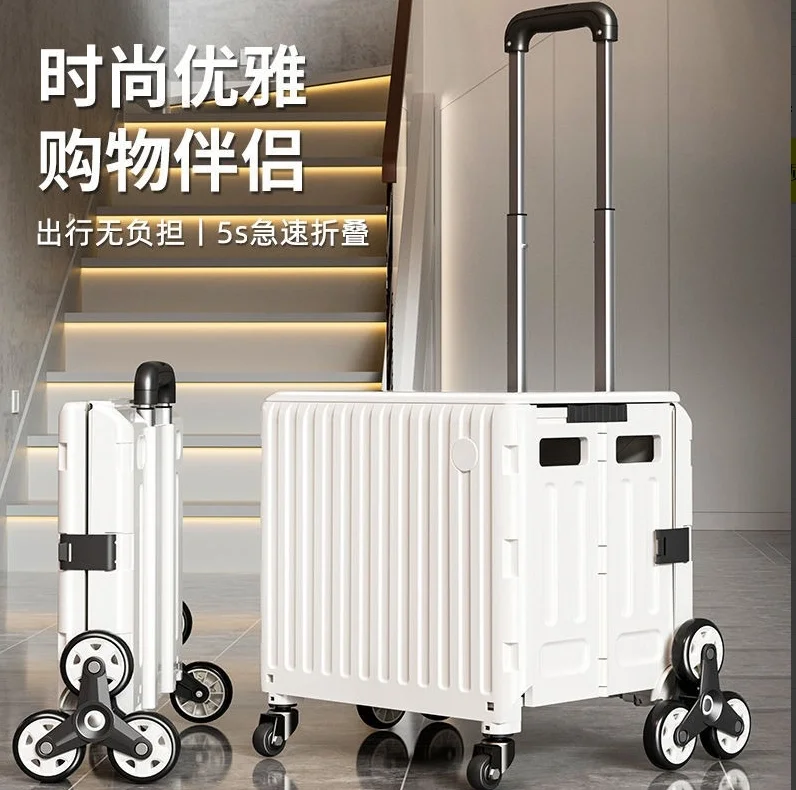In the ever-evolving world of logistics and supply chain management, understanding the various modes of freight transportation is crucial for businesses aiming to optimize their operations. As global trade continues to expand, the demand for efficient and reliable freight transportation methods has never been higher. This article delves into the most commonly used freight transportation methods, exploring their advantages, limitations, and applications in today’s market.
- Road Freight: The Backbone of Local and Regional Transport
Road freight transportation is arguably the most widely utilized method for moving goods, particularly over short to medium distances. Trucks and lorries dominate this sector, offering flexibility and accessibility that other modes often cannot match.
Advantages:
- Flexibility: Road transport allows for door-to-door delivery, making it ideal for businesses that require direct shipping to customers or retail locations.
- Speed: For short distances, road freight can be faster than other modes, especially when considering the time taken for loading and unloading at terminals.
- Cost-Effectiveness: For smaller shipments, road transport can be more economical compared to rail or air freight.
Limitations:
- Traffic and Delays: Road transport is susceptible to traffic congestion and weather conditions, which can lead to delays.
- Environmental Impact: Trucks contribute significantly to greenhouse gas emissions, prompting a shift towards more sustainable options.
- Rail Freight: The Heavyweight Champion for Long Distances
Rail freight is a robust option for transporting large volumes of goods over long distances. It is particularly effective for bulk commodities such as coal, minerals, and agricultural products.
Advantages:
- Cost Efficiency: Rail transport is generally more cost-effective for bulk shipments compared to road transport, especially over long distances.
- Environmental Benefits: Trains are more fuel-efficient and produce fewer emissions per ton-mile than trucks, making them a greener choice for freight transportation.
- Capacity: A single train can carry a significant amount of cargo, reducing the number of trips needed.
Limitations:
- Limited Accessibility: Rail transport requires access to rail infrastructure, which may not be available in all regions.
- Longer Transit Times: While rail is efficient for bulk transport, it may not be as quick as road transport for smaller shipments.
- Air Freight: The Fast Track for Time-Sensitive Deliveries
Air freight is the go-to option for businesses that require rapid delivery of goods, particularly high-value or perishable items. This mode is essential for industries such as pharmaceuticals, electronics, and fashion.
Advantages:
- Speed: Air freight is the fastest mode of transportation, significantly reducing transit times for urgent shipments.
- Global Reach: Air transport connects even the most remote locations, making it easier for businesses to reach international markets.
- Security: Air cargo is often subject to stringent security measures, reducing the risk of theft or damage.
Limitations:
- Cost: Air freight is typically the most expensive transportation method, which can be prohibitive for low-value goods.
- Capacity Constraints: Aircraft have limited cargo space, which can restrict the volume of goods transported.
- Maritime Freight: The Global Trade Enabler
Maritime freight is indispensable for international trade, particularly for bulk goods and containers. Shipping by sea is the most common method for transporting goods across continents.
Advantages:
- Cost-Effectiveness: Maritime transport is the most economical option for large shipments over long distances, making it ideal for international trade.
- Capacity: Ships can carry vast amounts of cargo, including oversized and heavy items that would be impractical to transport by air or road.
- Environmental Impact: Shipping by sea is generally more fuel-efficient than road or air transport, leading to lower emissions per ton of cargo.
Limitations:
- Transit Times: Maritime freight can take significantly longer than other modes, which may not suit time-sensitive shipments.
- Port Limitations: Access to ports and potential delays in loading and unloading can impact delivery schedules.
Conclusion: Choosing the Right Freight Transportation Method
Selecting the most appropriate freight transportation method depends on various factors, including the nature of the goods, delivery timelines, budget constraints, and environmental considerations. Each mode—road, rail, air, and maritime—offers unique advantages and limitations that businesses must weigh carefully.




